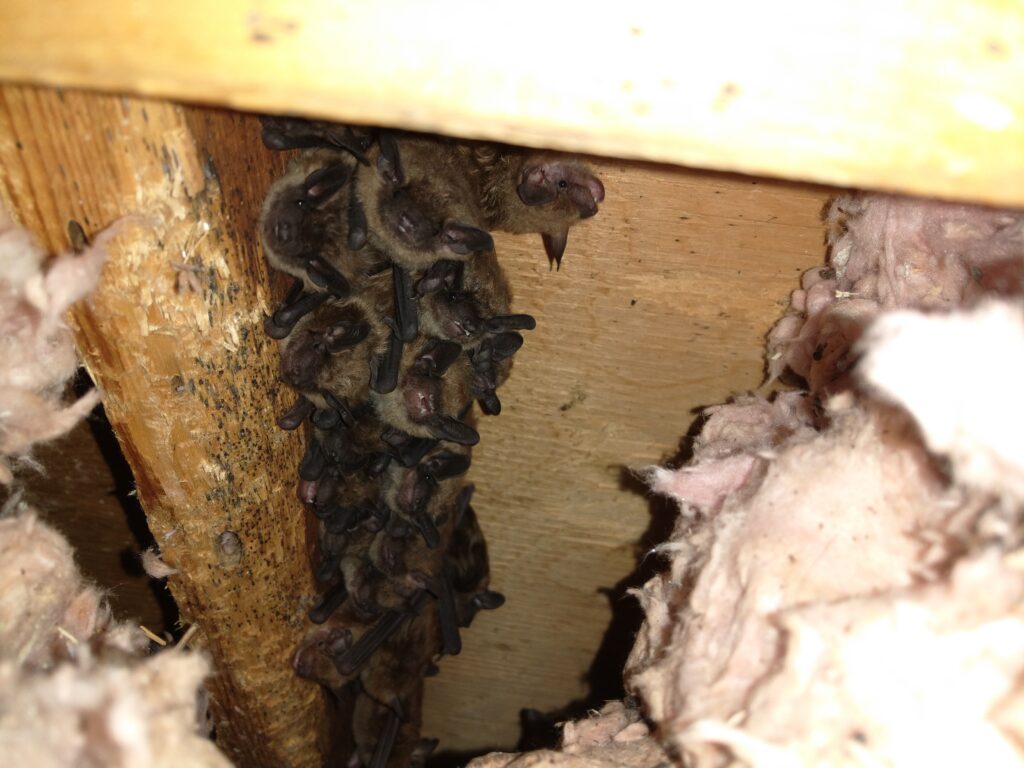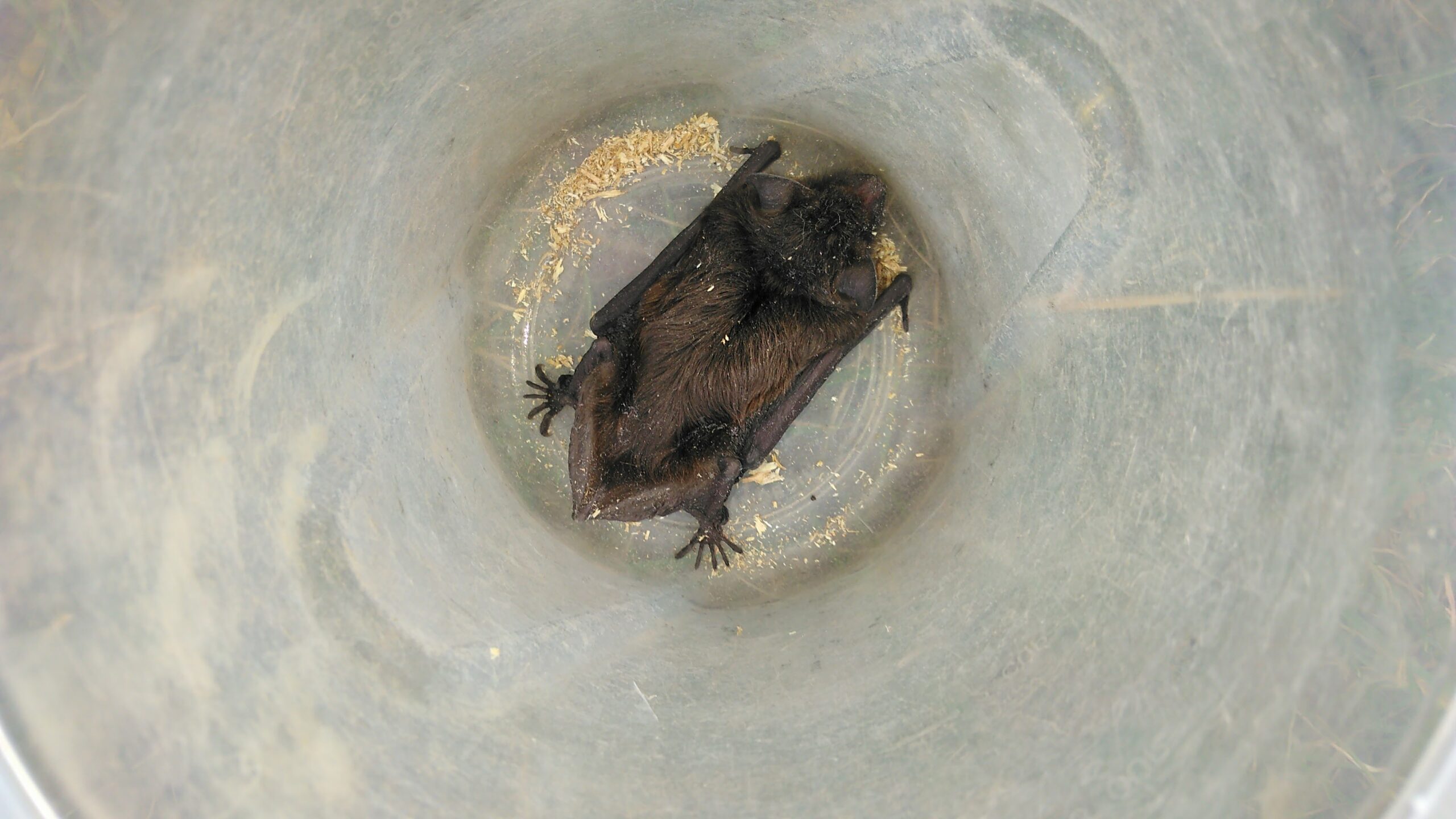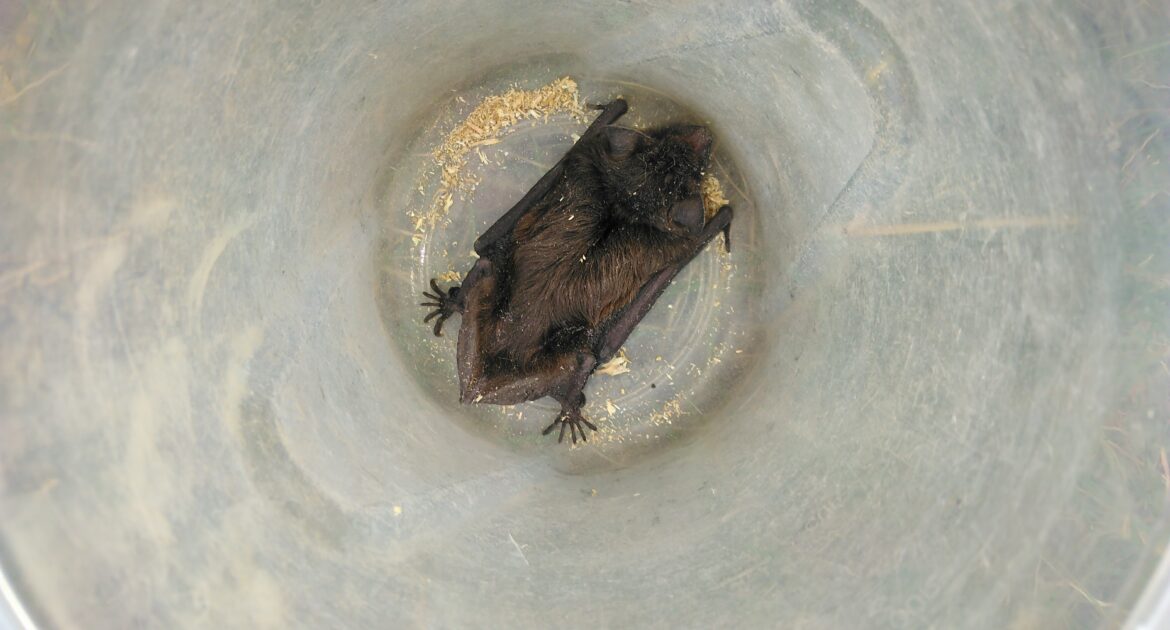If you know anything about nature, you probably know that some creatures have some very special capabilities. At Skedaddle Humane Wildlife Control in Okanagan, we are committed to better understanding the wildlife around us. Not only does this help us with bat removal and other wildlife control efforts, but it is also extremely interesting!
Little Bat Hearts Beating To The Sounds of Their Own Drums
The heartbeats of pretty much all animals vary noticeably depending on activity level. A human heart typically varies between about 70 and 150 beats per minute from resting to intense activity. However, this is nothing compared to the range of bats. When resting, they can allow their heartbeats to around 200 beats per minute. In-flight, they can exceed 1,000 beats per minute. That is an enormous range.
Even more impressively, some species can slow their heart rates down to as little as four beats per minute when hibernating. That means their peak BPM is over 250 times faster than their minimum BPM!
Even more strangely, they appear to be able to actively choose to lower their heart rates. Researchers have found that some species of bats have a resting heartbeat of around 300 beats per minute. However, they can temporarily slow that down to about 200 beats per minute. The particular species being studied could do this for six minutes at a time. The bats would do this several times an hour, helping to save as much as 10% of their daily caloric budget.
While many animals can slow their heart rates by entering torpor or hibernation, few can do the same during normal resting. This is a really amazing survival mechanism displayed by bats.

Other Interesting Bat Facts
Even beyond their incredible heart abilities, bats are interesting animals. These are a few other cool facts:
- Bats Are the Only Flying Mammals: Bats are the only mammals that are able to truly fly (continuing their flight indefinitely). There are some other mammals that can glide, such as the flying squirrel, but this isn’t true flight, it is just falling with style.
- Bats Come in Many Sizes: You probably have a fairly specific mental image of how big a bat is. However, their sizes are as varied as their heartbeats. The smallest bats are about 30 millimetres across and weigh two grams. The largest bats are about 1.4 kilograms with wingspans of 1.5 meters!
- Bats and Birds Evolved Separately: Biologists believe that, despite their common ability, bats and birds evolved almost completely separately. This is evidenced by the differences in their wings (bats have hand-like wings while birds have arm-like wings). They also have very different cardiovascular and pulmonary systems. Thus, bats and birds are, at most, very distant cousins.
- Bats Are More Like Fish Than Birds: This one may sound a little strange, but it is true (in some ways, at least). Bats move almost as if they are swimming through the air, similar to fish. They don’t flap like birds but instead push against the air in a motion similar to a fish fin.
- Bats Don’t Get Dizzy When Upside Down: It is probably no surprise that bats are designed to hang upside down. Their blood vessels have special valves that help them keep their blood flowing smoothly even when they are hanging around for a long time.
Schedule a Bat Removal Today
Even though bats are very interesting, you wouldn’t want them in your home. Contact Skedaddle Humane Wildlife Control in Okanagan to schedule your appointment for bat removal. We will get the bats away from your home using highly effective and humane methods. Our three-step process delivers lasting results.





